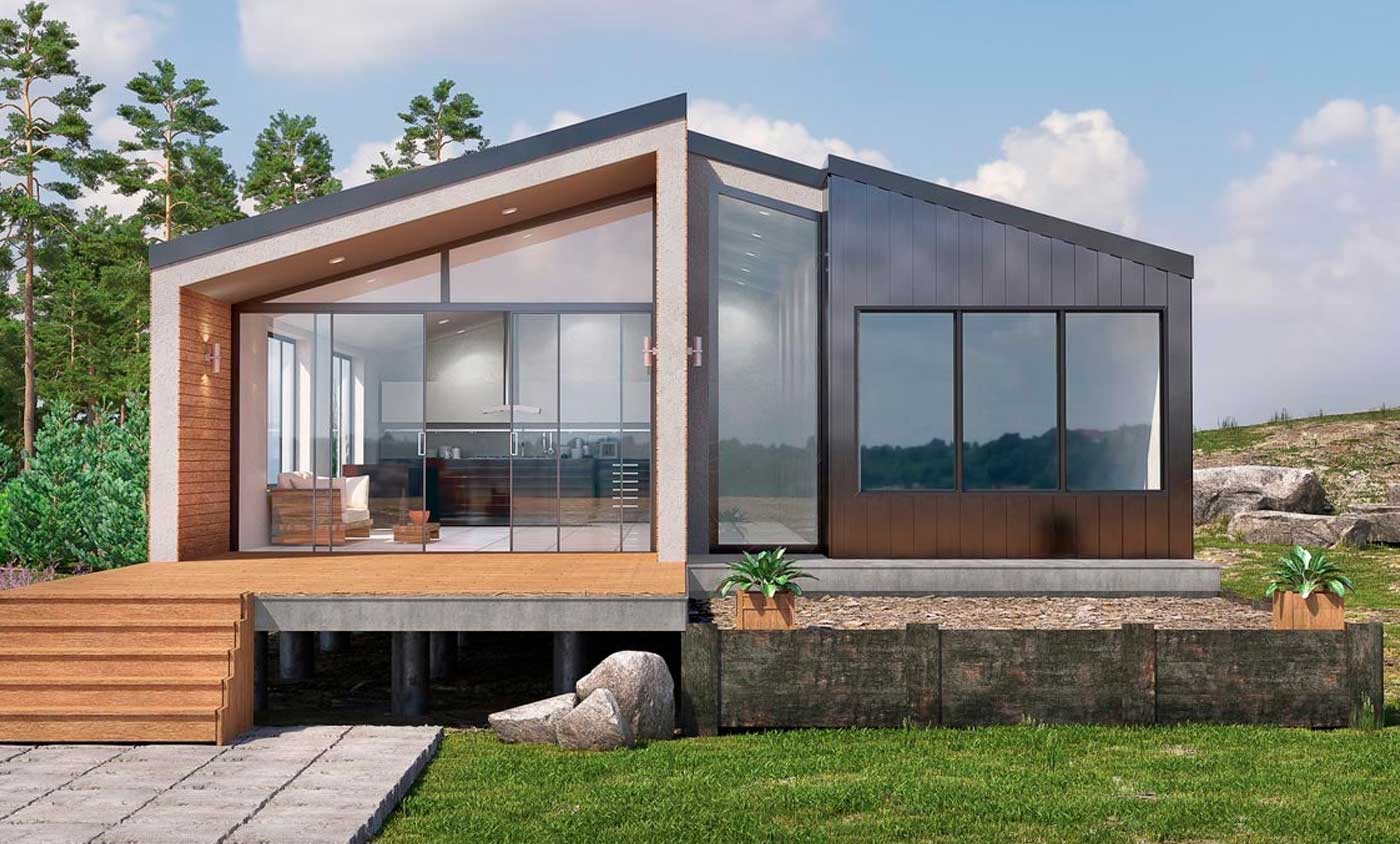“Prefabricated (or prefab) housing is a form of housing where the building blocks are built in a factory rather than on site,” Matti Siemiatycki, director of the infrastructure institute at the University of Toronto, told Global News.
“By manufacturing in a factory, it means the construction can be done more precisely and it saves on energy costs,” he said.
Not being constructed on-site also saves on labour costs, Siemiatycki added.
What exactly is a prefab home?
Prefab homes have been quite the rage of late, from tiny homes being flaunted on Instagram to being the popular choice for an Airbnb stay, to Elon Musk living in one himself.
As of last year, the billionaire was known to be residing in Boca Chica, Texas, in a 375-square-foot, energy-efficient prefab home from the company Boxabl.
The model of home, known as the Casita, starts around US$45,500 and is delivered to the customer on the back of a semi-truck.
Some companies, like Roombus, are even integrating software into their design to make smart prefab homes. Roombus’ Nest homes are equipped with the company’s own RoomOS software that can be used to unlock your house, adjust the lights and control the climate — all with a phone.







